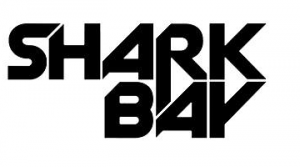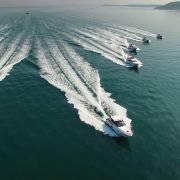One of our niche skills is marine filming – filming at sea whether drone filming, boat to boat, or even underwater filming. Working with Princess Motor Yachts gives us a great opportunity to showcase these skills.
Princess Motor Yachts are one of the UK’s foremost builders of luxury motor yachts. The statistics are impressive. According to Wikipedia, “Princess Yachts operates in 119 countries and employs over 2,600 people worldwide. Whilst their shipyards cover a combined area of over 1.1 million square feet.”
2018 French Rendezvous
Based in Plymouth, they have been a client we have been keen to work with. Particularly as I own a Princess boat – Cecienne – albeit the very smallest of their range. Over several years Fionn Crow and I have taken her from Africa to the Antarctic, and on those voyages have developed a considerable expertise in marine filming – an expertise that I am happy to say Princess have recognised.
Each year they arrange a cross-Channel adventure for Princess owners. Last year was from the Solent to Guernsey, an event that we filmed for them. So I was delighted when we were invited to film this year’s event – from The Solent to Cherbourg and then on to …
With my crew of Elliott Harrison and Reef Slack, we headed up to the Solent River, where we had an overnight mooring arranged for us. We arrived in good time for the skippers’ briefing by Jon Mendez, who had led last year’s Guernsey trip. Then an early night ready for an early morning departure.
The crossing
To get our drone footage, we ran ahead of the rest of the flotilla. Conditions were perfect for drone filming.Jon organised the boats into an arrowhead formation passin





